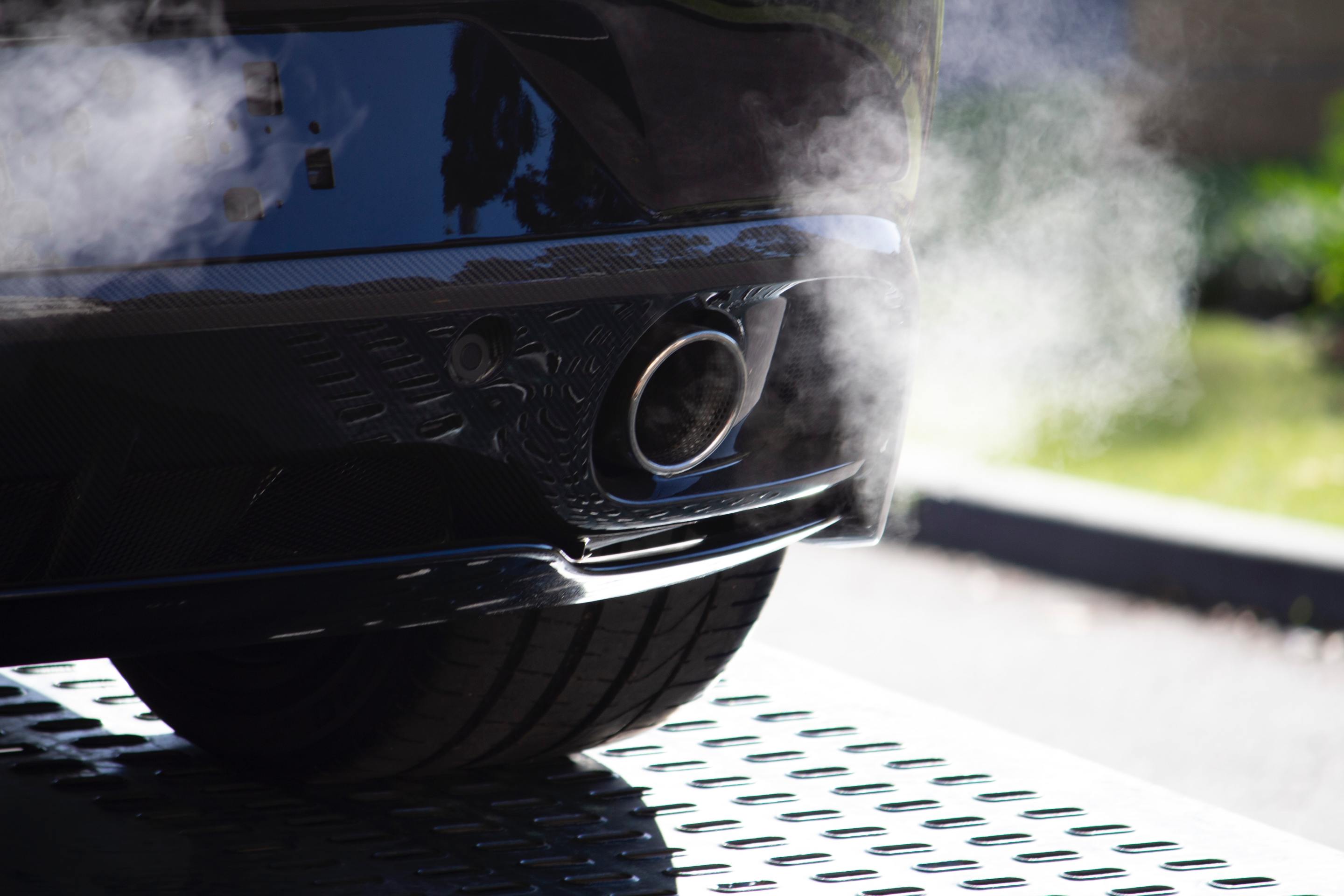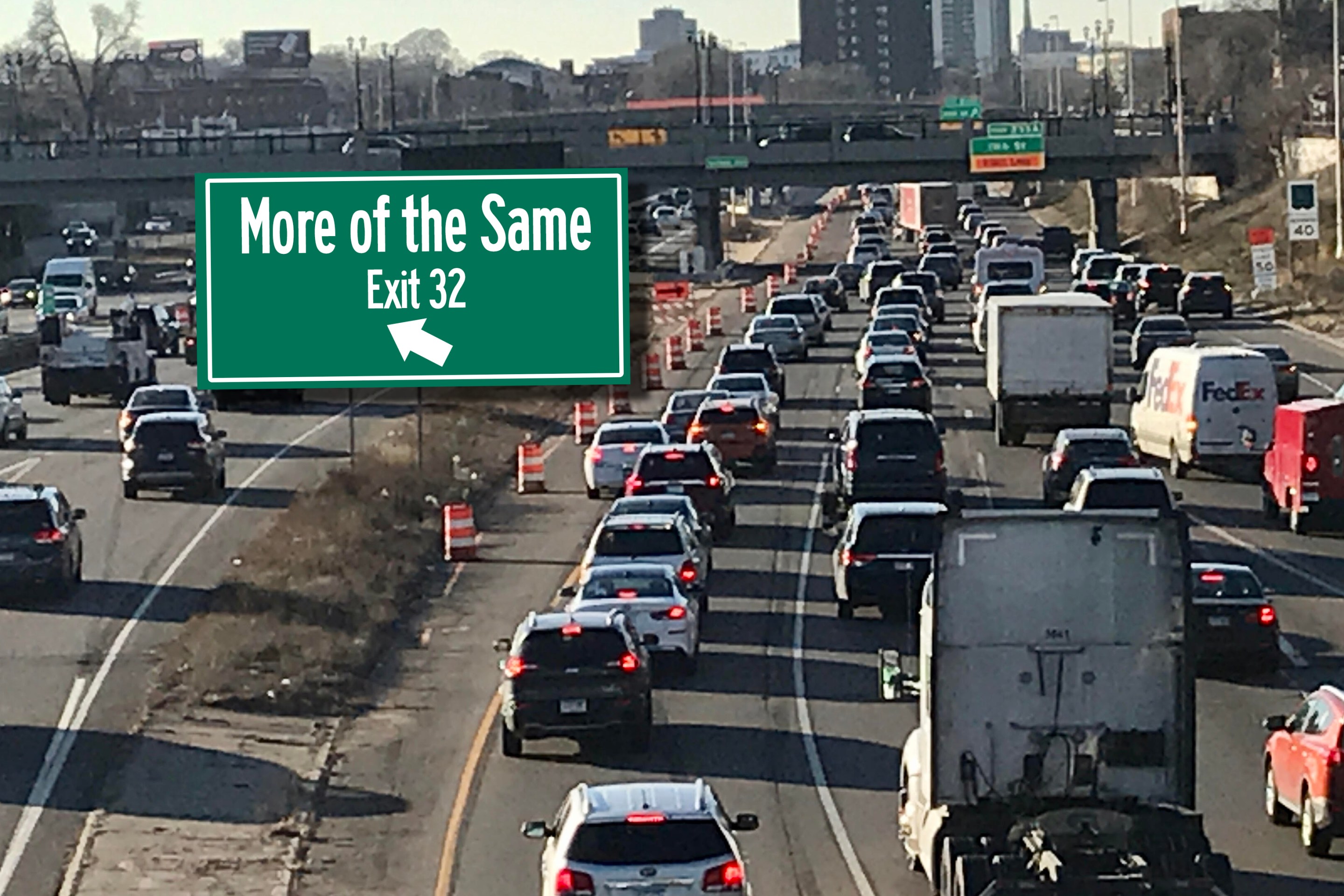The question isn't whether your city can afford high-quality bike infrastructure anymore, say our friends at the Green Lane Project. It's whether your city can afford not to.
The Green Lane Project has been working with the Alliance for Biking and Walking on a study examining the different ways protected bike lanes help local businesses. Blogger Michael Andersen classifies the economic benefits into four basic categories:
1) Protected bike lanes increase retail visibility and volume. It turns out that when people use bikes for errands, they're the perfect kind of retail customer: the kind that comes back again and again. They spend as much per month as people who arrive in cars, require far less parking while they shop and are easier to lure off the street for an impulse visit.
2) Protected bike lanes make workers healthier and more productive. From Philadelphia to Chicago to Portland, the story is the same: people go out of their way to use protected bike lanes. By drawing clear, safe barriers between auto and bike traffic, protected bike lanes get more people in the saddle -- burning calories, clearing the mental cobwebs, and strengthening hearts, hips and lungs.
3) Protected bike lanes make real estate more desirable. By calming traffic and creating an alternative to auto travel lanes, protected bike lanes help build the sort of neighborhoods that everyone enjoys walking around in. By extending the geographic range of non-car travel, bike lanes help urban neighborhoods develop without waiting years for new transit service to show up.
4) Protected bike lanes help companies score talented workers. Workers of all ages, but especially young ones, increasingly prefer downtown jobs and nearby homes, the sort of lifestyles that make city life feel like city life. Because protected bike lanes make biking more comfortable and popular, they help companies locate downtown without breaking the bank on auto parking space, and allow workers to reach their desk the way they increasingly prefer: under their own power.
Elsewhere on the Network today: UrbanReview STL asks what are the ingredients of a better big box store. Peninsula Transportation Altneratives reports that the city of Palo Alto is trying to reduce solo car commutes 30 percent in an effort to save $100 million in parking costs. And Better Institutions says that L.A.'s roads were designed to induce rage.






